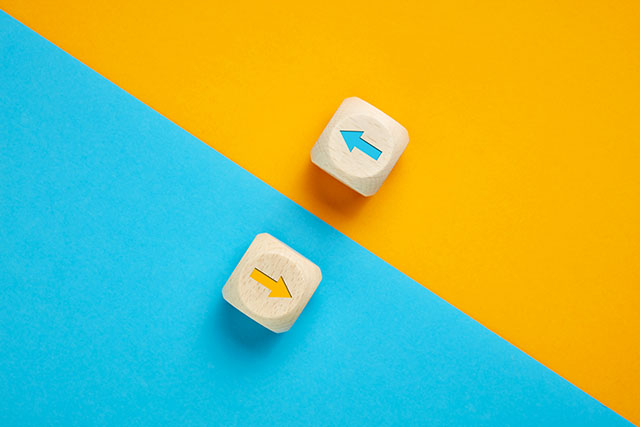Dialectical Behavior Therapy (DBT) is a type of Cognitive Behavioral Therapy (CBT) that was developed in the late 1990s by Dr. Marsha Linehan with the goal of treating Borderline Personality Disorder (BDP). Since that time, DBT has been found to successfully treat many different mental health problems, especially those that involve a difficulty regulating emotions such as ADHD, Bipolar Disorder, Eating Disorders, Major Depression, and Generalized Anxiety Disorder.
The main goals of DBT are to teach people how to live in the moment, regulate their emotions, develop and maintain healthy relationships, and cope with distress. Because the goals are universally valuable, DBT skills have been well-established in the therapy community as a set of useful tools to develop no matter what brings a patient into treatment.
Opposition Action
One critical and highly useful skill in DBT is called Opposite Action. Opposite action involves making the choice to do the opposite of what your emotions tell you do to. DBT encourages using the opposite action skill when you find yourself experiencing an emotion that is getting in the way of pursing your goals or living a life in accordance with your values. In other words, Opposite Action can be a useful tool when emotions are overwhelming, harmful, or maladaptive in some way. The goal is not to invalidate the emotion that is experienced, but to take control of the response rather than allowing the unhelpful feeling to stick around.
An example might be the best way to describe this skill. Let’s examine how this would work with the universal emotion of sadness. When we feel sad, we tend to want to isolate. This involves things like staying in bed, avoiding social contact, and withdrawing from people and things that make us happy. The problem with withdrawal is that while it feels good in the short term to stay in bed, it only makes depression worse in the long term. This is because isolating behaviors rob us of the opportunity to feel the pleasure that naturally comes from being with other people and accomplishing tasks throughout the day. With depression, the opposite action skill would call for us to physically move our body such as in a brisk walk and to intentionally reach out to others to engage socially. When performed intentionally, these opposite actions can decrease feelings of depression by disrupting the avoidance cycle.
Opposite action can be used for a variety of different emotions including: anger, fear, shame and guilt. For example, when we feel angry, we often experience body tension and the emotion may prompt us to yell or attack/defend. When using opposite action, we are called in these moments to show kindness, or walk away. This can break the cycle of anger and help us feel more in control of our actions.
The next time you are experiencing one of these emotions, challenge yourself to choose a behavior that is opposite of the way you feel and see how it works!
If you are interested in learning more about DBT, check out our blog articles on dialectics in DBT and DEAR MAN, a CBT communication strategy.

